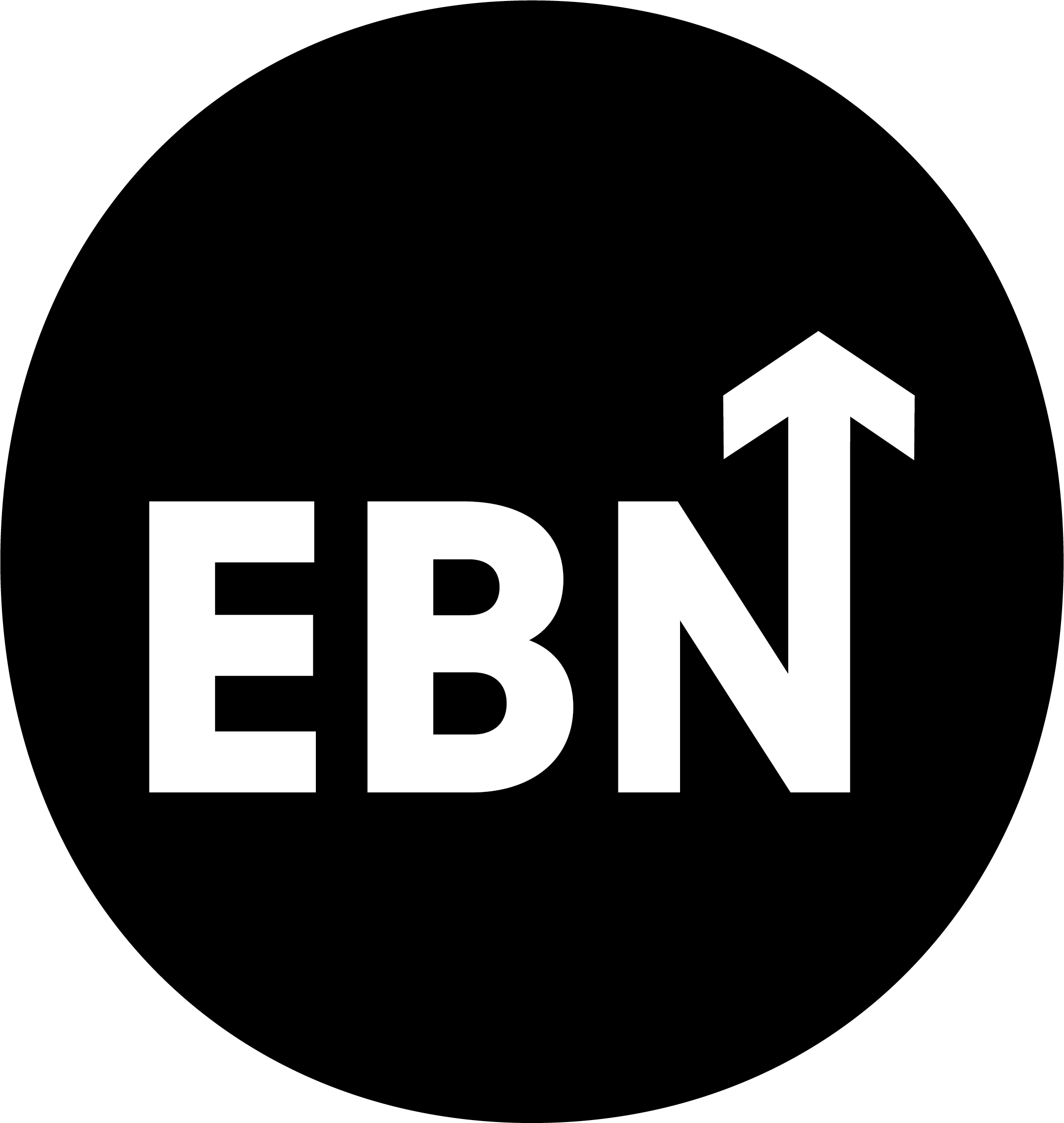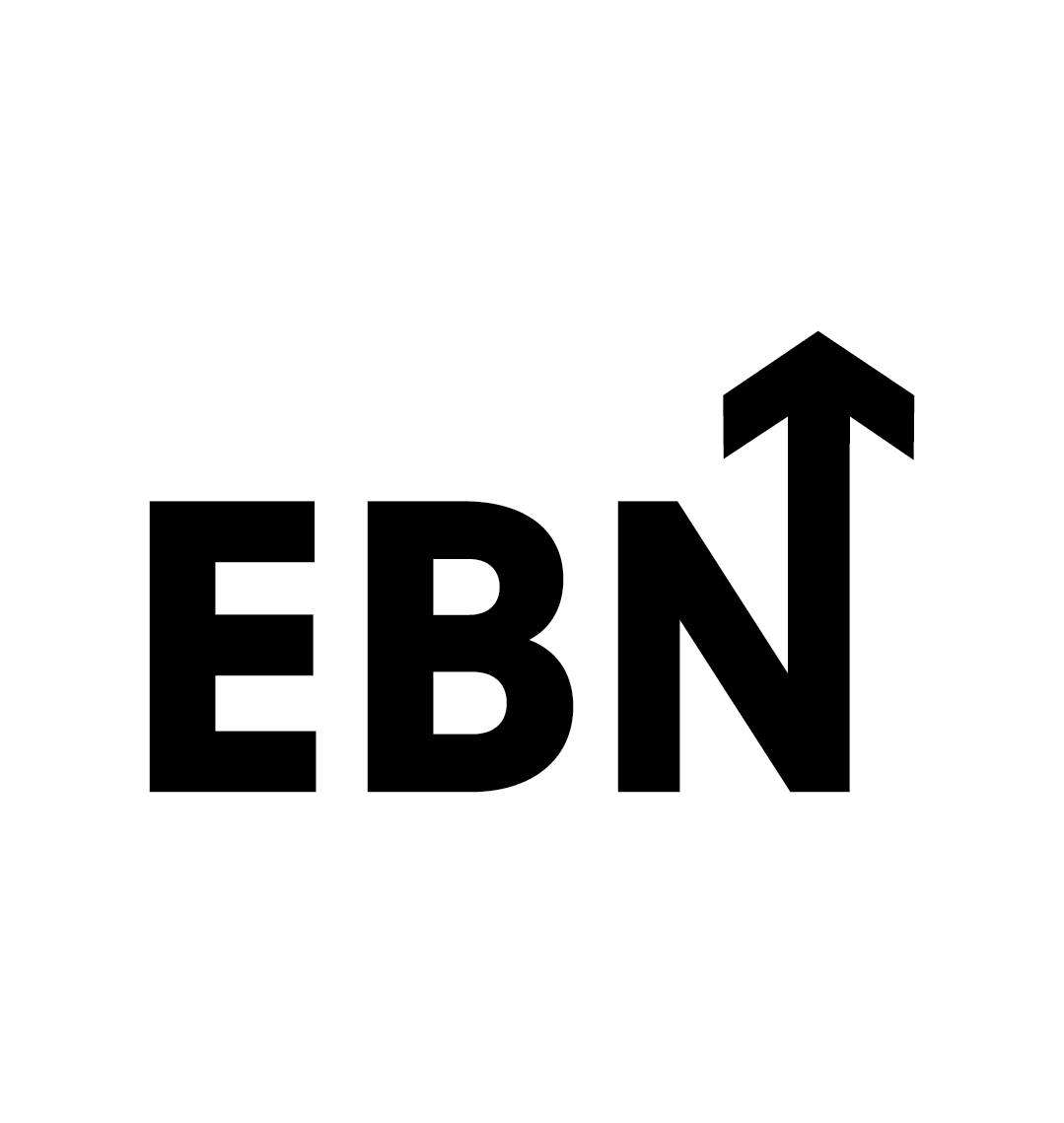A frequent question in EVP and employer branding circles is: “What’s the best EVP you’ve seen?”
My – possibly unhelpful – reply is: “I don’t know because I don’t expect to see an EVP.”
Let me explain. When I hear that question, I think people are referring to straplines, headlines, or possibly campaigns. It feels like they’re equating EVP to branding slogans like “Just Do It” or “I’m Lovin’ It.”
Momentum isn’t always progress, especially when you always end up back where you started.
Fathom helps you escape the loop. With insight, not intuition.
Proposition vs. Expression
Why isn’t this a useful equivalence? Because those are just straplines—brand expressions, not value propositions.
For example, a recent British automotive slogan, “Copy Nothing,” largely slipped under the radar. It’s a catchy phrase, but it doesn’t articulate a value proposition.
A true value proposition expresses why choosing a particular brand offers a better experience than competitors. It might look more like:
- “Fashionable, innovative, and high-performance shoes for customers in every sport.”
- “Affordable, convenient food that makes you feel good.”
- “Radical thinking about your next car that makes you stand out while staying green.”
These are not straplines, and you wouldn’t expect to see them on a billboard. Yet, when it comes to EVPs, people often expect them to be presented in that way.
When a Strapline IS a Proposition
Let’s look at a counter-example to clarify the confusion: Lidl and its slogan, “Big on Quality, Lidl on Price.”
At first glance, it’s just a strapline - six words, one of which is a brand pun. But it’s also a value proposition: “Save money on your shop without making compromises.”
Lidl’s pivot from a purely price-driven, no-frills supermarket to a competitor for broader market share required a brand transformation:
- Advertising shifted to highlight food provenance and quality.
- Packaging evolved to resemble high-end competitors.
- Stores became cleaner, more structured, and more inviting.
- Staff uniforms were updated to align with the rebrand.
- Core cost-saving features remained (limited lines, shorter hours, no loyalty card, no deliveries, and the infamous middle aisle of random products).
All of this transformation is packed into six words. And it worked—Lidl gained market share and even earned a parody spot in The Beano (as Widl).
Helping HR, talent acquisition, employer branding, and company culture professionals find careers worth smiling about.
An EVP Must Have Real Meaning
An EVP needs depth, an employment offer is more complex than a consumer one. Trying to sum it up in six words won’t work.
Example EVP:
“At THIS COMPANY, we give our individuals the development, environment, and care they need to make a collective, global impact. You’ll have pride and stability now and in the future, a continual opportunity to develop, the best environment to do your best work, and confidence that your views matter.”
That’s the result of deep research packed into two sentences. Of course, it needs further storytelling to bring it to life, but it’s the essence that should be present in all communication.
A Shorter EVP:
“It is our values that make THIS EMPLOYER what it is, determining who we employ, what they do, and how they do it.”
This EVP doesn’t aim to win employer branding awards, it serves as a foundation for employer communications.
It links back to:
- Company history and pedigree
- Recent success and future plans
- How employees are supported
- The company’s values, which underpin every story
Each Story Comes Back to the EVP
Your EVP isn’t a phrase you repeat, it’s the guide for what you communicate.
To craft an effective EVP, you need:
- Sub-themes or pillars that expand on the core message.
- A longer narrative that ties everything together in an emotive, compelling way.
- Segmentation which parts of the EVP resonate most with different audiences?
- An evidence base what data, sentiment, and insights inform your EVP?
An EVP Must Express Who You Are
When crafting an EVP, remember:
- It’s not just a tagline it’s the core of why your company exists as an employer.
- It’s the sum of your total worth to employees.
- It’s a message you can express in countless ways, but must never shift away from.
So, next time someone asks you, “What’s the best EVP you’ve seen?”—you’ll understand why the answer isn’t as simple as the question.
Takeaways
An EVP is not a tagline
Many people mistake an Employer Value Proposition (EVP) for a catchy slogan, but a true EVP is a deep, strategic statement about what makes a company a great place to work.
A strong EVP guides communication
Rather than being a single phrase on a billboard, an EVP serves as a foundation for employer branding, shaping how a company tells its story across different platforms and audiences.
Straplines and brand expressions are not EVPs
Well-known slogans like "Just Do It" or "I'm Lovin' It" are brand expressions, not value propositions. A real EVP articulates why an employer stands out from the competition.
Some slogans double as value propositions
Examples like Lidl’s "Big on Quality, Lidl on Price" manage to encapsulate a clear value proposition within a tagline, but this is rare in employer branding.
A well-defined EVP is multi-layered
It includes sub-themes, narratives, audience segmentation, and an evidence base, all of which help craft a meaningful employer brand story that resonates with different talent segments.
EVPs must align with reality
A strong EVP isn’t just about attracting talent—it’s about setting clear expectations that match the employee experience, fostering engagement and retention.
A good EVP can be expressed in many ways
While the core message remains consistent, it should be adaptable for different audiences, platforms, and storytelling formats to remain impactful.
Sam Monteath is the research brain behind Reason Why, helping businesses stop guessing and start knowing what makes people join and stay. With over two decades of experience turning fuzzy employer promises into razor-sharp EVPs, he’s the person you call when you’re ready to get serious (but not soulless) about talent attraction.







